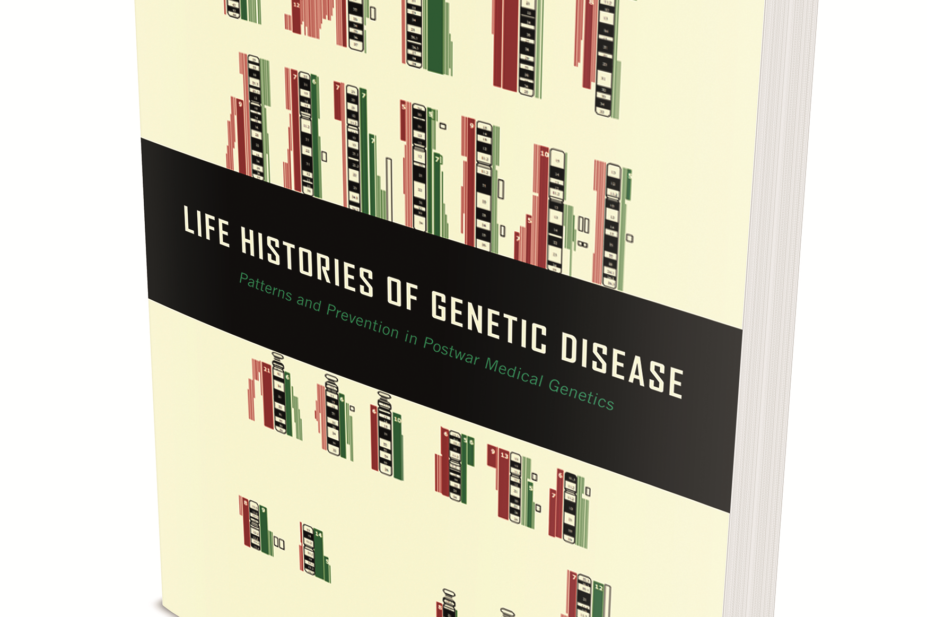
Assistant professor of history Andrew Hogan traces the development of medical genetics from the 1970s to present day. From the visualisation of chromosomes under a microscope to the comprehensive genetic testing available today, this book explores our understanding of the genetic basis of disease, the approaches to diagnosing and preventing those diseases, and the long-term aims to treat and cure. This is an in-depth and detailed history. Disease case studies (e.g. Prader-Willi, fragile X, DiGeorge, and velo-cardio-facial syndromes) help illustrate the key milestones in the progression of genetic medicine, with patients as the touchstone. Not just a retelling of scientific history, Hogan also provides a critique. For example, he considers the ethical implications of prenatal diagnosis and highlights ongoing medical debates on genetic medicine. It is this critical eye that is the strength of the book, providing history in context and a view to the future.
Overall, concepts are generally well explained, but the text can be dense and technical in parts. Some background knowledge of genetic medicine is beneficial when reading this book. The figures, in particular, are mostly reproduced from medical journals, so are not necessarily easy to decipher without some previous knowledge. For that reason, this book would be primarily of value for those with a particular interest in genetic conditions or the history of medicine.
Emma McConnell
References
Life histories of genetic disease: patterns and prevention in postwar medical genetics, by Andrew J Hogan. Pp xv+259. Price £29.50. Baltimore: John Hopkins University Press; 2017. ISBN 978 1 42142 074 5


